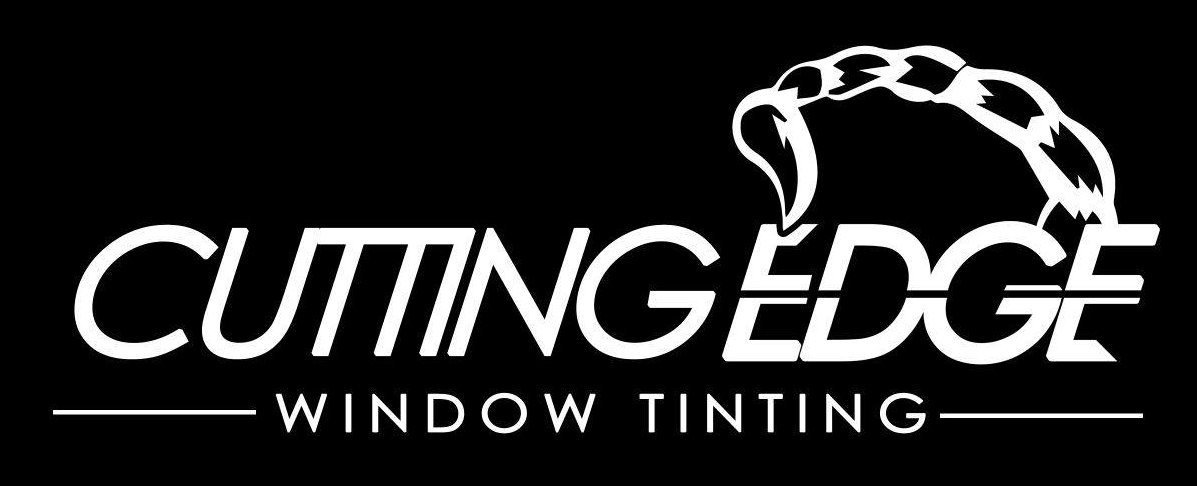When Was Window Tint Invented?
When was window tint first invented. Why was it popular and what are its advantages and drawbacks? Continue reading to find out more. This article offers a summary of the background of window tinting. It also examines the advantages and disadvantages of the metalized film. This article also discusses the price of this particular product. Continue reading to learn more about the history behind window tinting. Don't forget about the current most cost-effective alternatives!
Window tinting: The invention
Window tinting was first invented in the? In the 1940s after World War II ended, window tinting was created. People started to realize how heat and glare could be magnified through glass. Window spray also came out in the early days. But, it was not a great choice because it left an uneven color. By 1966, window film was introduced, a much better solution to the issue of heat rejection. The invention made windows more appealing and cooler to the eye of the viewer.
The first window films used dyes and did not have a good heat rejection. They were dye-based, and they could absorb heat into the vehicle's interior. After a while, they became discolored and began to bubble. The second generation of window films had metallic particles integrated with the dye and were much more effective. They could reduce the emissions of heat by as much as half the temperature of a vehicle. However, they came with many disadvantages and proved to be a temporary solution to the issue.
The initial window films faced issues, such as the tendency to interfer with electronic devices. These window films were also composed of metal composites, which made it difficult to make. In the end, the company started developing ceramic window film, which was not just able to block heat and UV rays better, but also was transparent. Despite its flaws windows have gained popularity over the years. Although the original film was less than the modern versions, it's widely used in a variety of contexts.
The tinting of windows made of metal can have its drawbacks
There are many benefits for metalized window film. It reduces heat inside the car, while also blocking harmful UV radiation. They're also stronger and less likely to be damaged. However, they're not without the disadvantages. While the reflective properties may not be to your taste however, they're useful and will prevent your vehicle's heat from absorption.
The metalized window film is composed of small metal particles that are almost invisible from the outside. These particles add strength to the film, making it seem shiny from the outside. Metalized window tint has the benefit of protecting against scratches, but it also hinders GPS and cell phone signals. This makes it less effective than other kinds of window tints. Metalized window film can last many years even though it's more expensive than dyed tint.
While metallic window film is stronger and more scratch resistant than dyed or non-metalized window films, it has a lower degree of privacy. It is still not as efficient as ceramic or carbon window films. It's also not suitable on windows with a lot of curves. Metallic film shouldn't be used on windows that are already covered with metallic tints. It can alter the look of your car.
Window tinting costs
Window tinting prices vary depending on the kind of tint you choose. While certain tints and brands are cheaper than others, the cost of the task may differ. It is possible to find the cheapest cost for window tinting by planning ahead and shopping around. Remember, the price of window tinting is comprised of labor charges and materials. Find out more about the elements that impact the cost of tinting windows.
Ceramic window film that blocks 50% of UV rays and preserves visibility and is the most expensive. It costs approximately $5 to $10 per square foot and keeps heat and glare out of the outside. Ceramic films are typically 3 to 4 millimeters thick. Forcible entry films typically are seven to eight millimeters thick. This film is a bit larger, and therefore costs more than other types.
The cost of tinting windows is contingent on the quality of the window film. The highest-quality window films cost more. They block harmful UV rays and limit heat entry to the vehicle's interior. It is also possible to select various tints that be matched to existing color schemes. Window tinting for vehicles cost about $125 and only requires one application. It is possible that you cannot ensure the stability of the tint.
|
Phone +18474292479
|
|
| Address |
408 Brook St, Elgin, IL 60120
|

